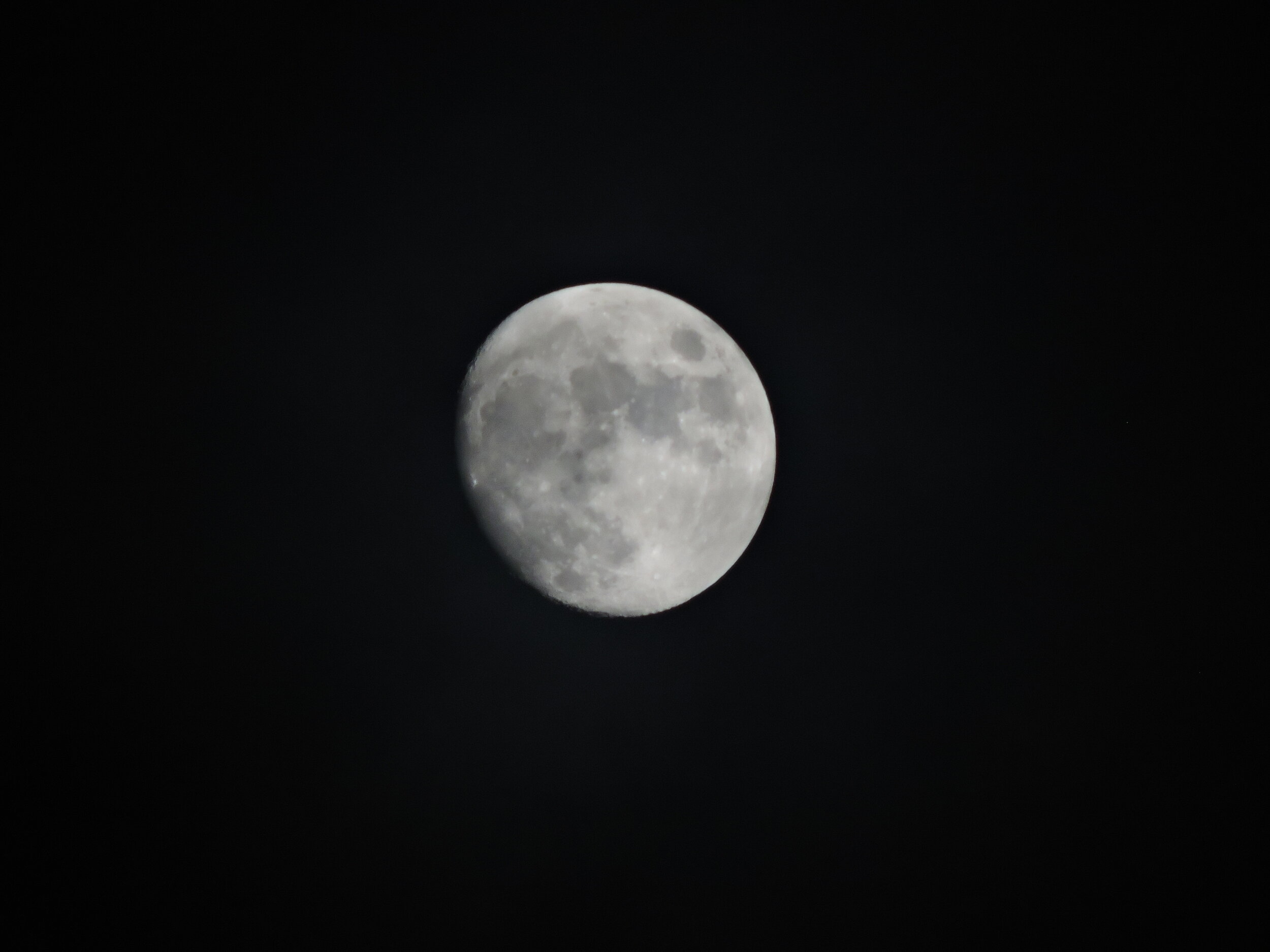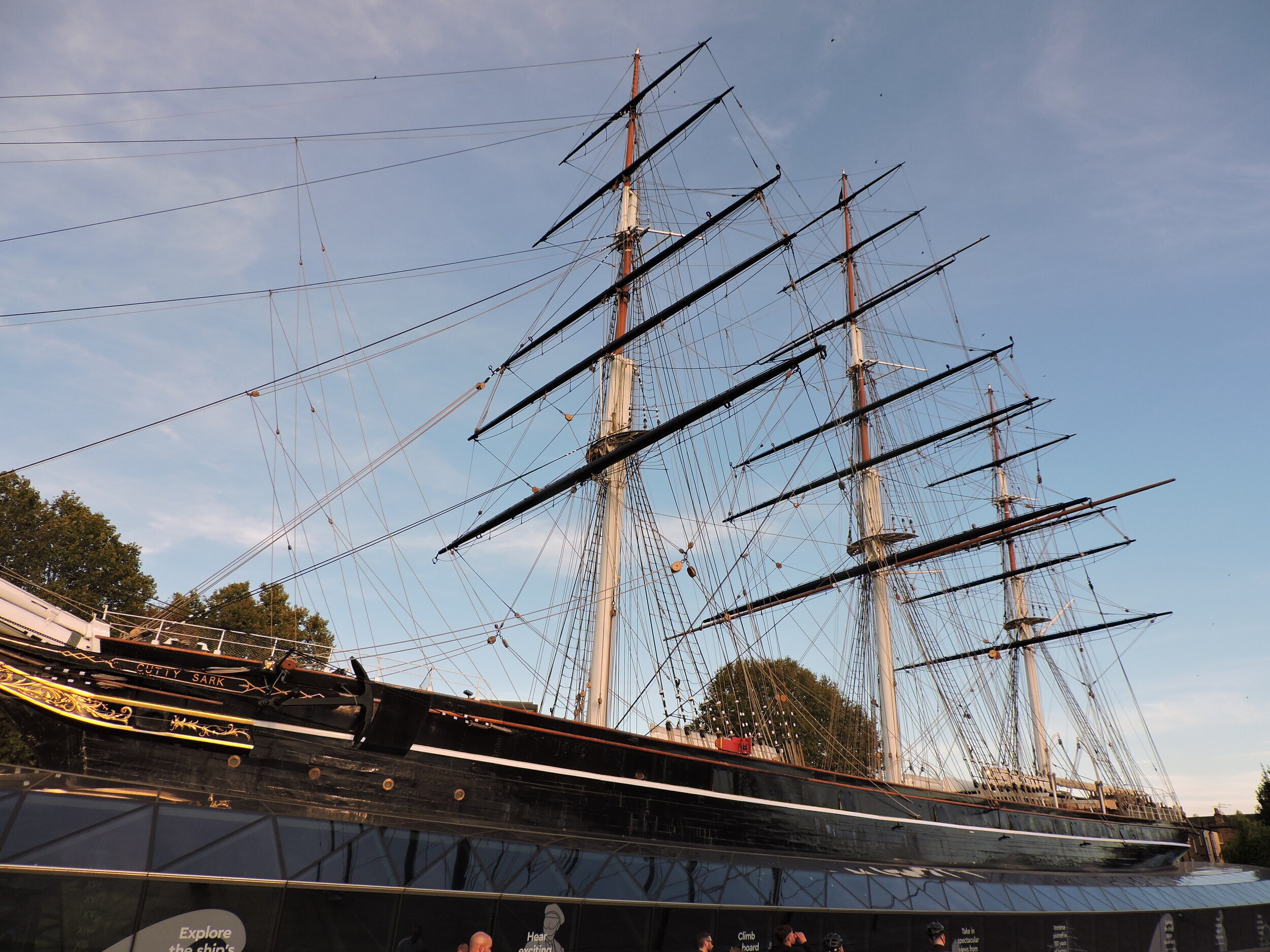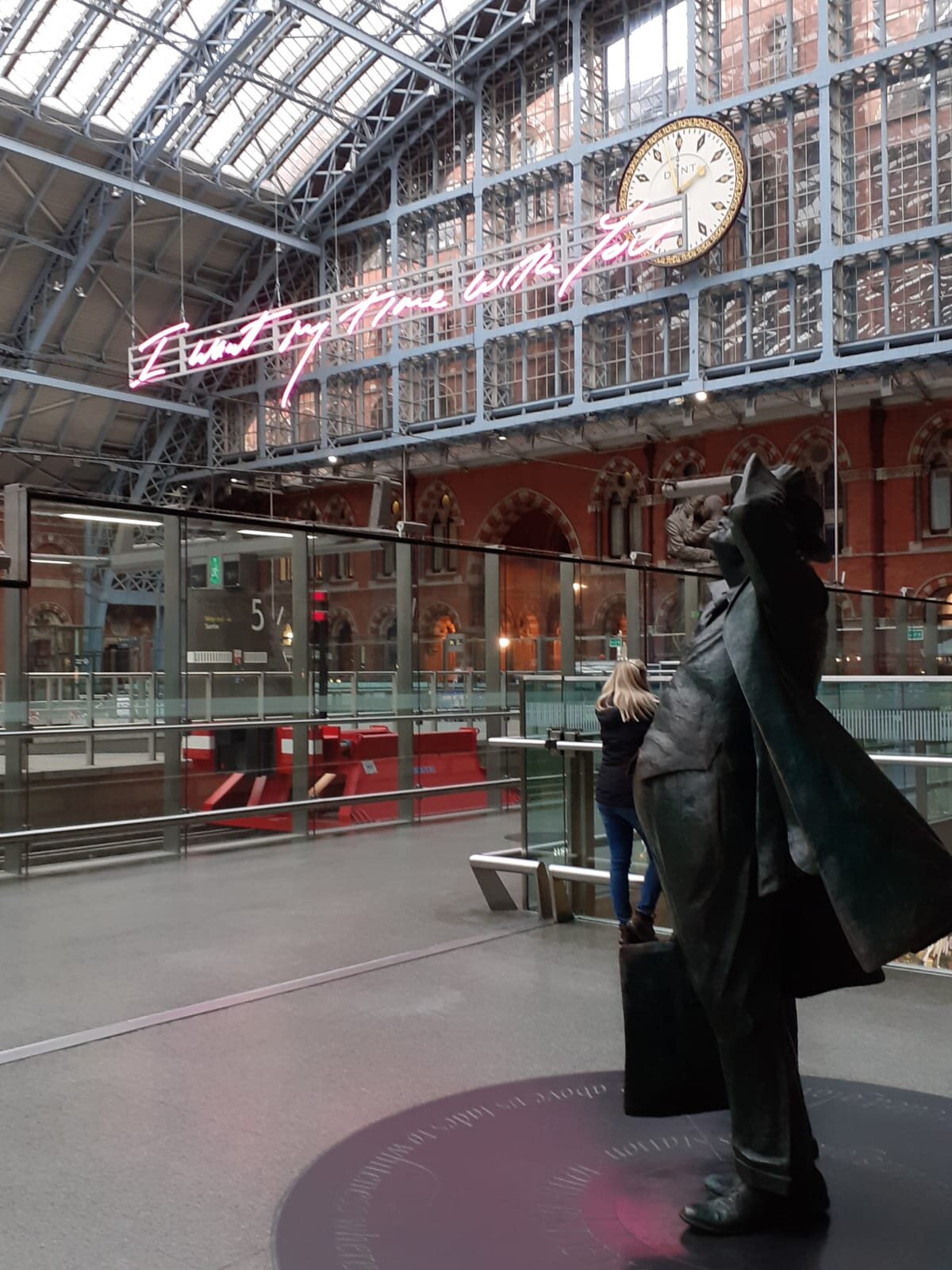Treasure Island
/As much as I love my new home, London’s frenzied centre still gets to me. Be it Sunday’s supposed “day of rest” or a regular Tuesday afternoon, the streets of central London are invariably choked with cars and people. To the newcomer the relentless bustle can be exhausting.
This is why the prospect of an hour’s transit time near Kings Cross St Pancras station was less appealing to me than it should be. One hour in London? What could I do with that? After enduring a busy journey on the Northern Line up to Kings Cross, did I have it in me to struggle with/against fellow travellers along the packed streets of Camden? Or would it be better to eek out a coffee in the station, scrolling the minutes away online?
One of the things that makes the streets of central London overrun with human and vehicle traffic is the proximity of attractions. Like lodes of precious metals famous sights are distributed at high frequency along the veins of streets, which means one is never too far from something worth seeing. In this case an hour was adequate time to contend with the crowds and also behold treasure.
In actual fact the train station is incredible enough. I did not need to venture out to see something extraordinary. During my youth Kings Cross station was under perpetual construction, making the last minute dash for the platform even more fraught as I tried to avoid the cordons. Reopened in 2009 the renovation was breathtaking, revealing a space of dramatic scale in the heart of the city. As with Harry Potter’s Platform 9 3/4’s within, the station has the touch of magic about it, seeming larger on the inside that it appears from out. If ever there were a reason to keep faith that the Crossrail is worth the wait (and spiralling costs) King Cross provides a powerful testament.
A literal stone’s throw away is St Pancras station, another marvel of light and latticework. Its front is startling, a seeming apparition of Hogwarts itself. With imposing turrets and a sweeping red-brick facade the St Pancras Renaissance Hotel speaks to the gothic Scottish buildings that supposedly influenced J.K. Rowling. The station itself, however, is a study in airy elevation. Preserving the iron arches of the original Victoria architecture trains from as far afield as Bruges terminate on raised platforms. Passengers step out into a grandeur in keeping with the great continental train journeys of old but then can refresh themselves at one of the modern city chic bars along the length of the tracks. It is the best of all ages.
Spending an hour drinking coffee in such surroundings would be an experience of itself but I had other plans with this time and as such walked over the road to yet another iconic establishment. The British Library’s red-brick facade was much less impressive than that of St Pancras but the marvels inside were unparalleled. For a lover of the written word, libraries to me are as palaces to kings. Here lie books, the distillations of human thought and as a writer, there is no greater aspiration than to have your thoughts read. Libraries are holy places and to be revered.
The British Library is the pinnacle of British libraries and ostensibly the world. With over 170 million items it has the world’s largest catalogue but for all its holdings the British Library retains the same convivial air as the public libraries I grew up with. Walking up the piazza, past Paolozzi’s hulking sculpture of Newton, the British Library follows the tradition of many libraries by remaining non-descript in appearance. Unremarkable with its stacked slat rooves it is only upon entering the library that the building does its reputation justice.
Emerge from the dingy, low-ceilinged entrance and the vista expands to reveal five floors in colours of cream, custard and terracotta. Despite its stunning open plan architecture the library keeps with tradition and grounds itself in public education. Like many community libraries, the British Library has temporary exhibits, albeit on a grander scale with whole galleries devoted to the displays as opposed to a few felt boards. This season’s exhibition focused on Buddhism and to press the point the library had enlisted a group of Tibetan monks to build a sand mandala in the foyer.
With the screeing noise of the monks’ work resonating through the building, I wound my way up the floors, circling around a central cage of books. Behind black bars tomes in red and olive leather remained imprisoned. King George III’s collection of books formed the core of the library and the remarkable structure ran the entire height of the building. It was a magnificent sight and yet also a poignant one, that such incredible volumes should now be used as a decorative backdrop when they had once been the influencers of kings.
I circled up to the top floor only to have to come directly back down again. During my spiralling walk I noted every desk and chair was occupied. Such was the popularity of the library as a study area that people sat cross-legged on the floor with laptops jutting into the walkways. In the end it was lucky that I only had an hour to spend as there would have been no place to sit and read otherwise.
As I made my way through the foyer, I noticed a small dark opening leading off the main floor. The John Ritblat Gallery had an unassuming entrance and it was with little anticipation that I walked into the shadowy space. But here it lay, treasure buried in a dark room away from the main library. A hand written letter by Jane Austen hung inches from my face whilst in an adjacent cabinet a sheet of musical score displayed dotted minims in Mozart’s own scribble. There were no facsimilies, these were the genuine articles, tangible connections to the greatest artists and authors of all time. In a sequence of firing synapses, thoughts had been translated by muscle, which connected to pen, which created the documents on display. This was as close as I could possibly get to these storied figures, many of whom were my literary idols.
And that is the shock of it. Some of the most precious artefacts in literature are freely observable seven days a week in a small darkened room in central London. There are no queues skirting around the block à la the Mona Lisa and yet, the items on display are as distinguished. What should draw fanfare remains undiscovered and uncelebrated. Up until now. The Ritblat Gallery has now become my Holy of Holies and my favourite place in London. To visit it, is to feel awe.
Never underestimate the potential of an hour in London for here lies buried treasure.









![IMG-20190914-WA0007[1].jpeg](https://images.squarespace-cdn.com/content/v1/5b5382282487fdb5868c5bfa/1569143039796-ROD4E71Z84VP053OYW24/IMG-20190914-WA0007%5B1%5D.jpeg)


